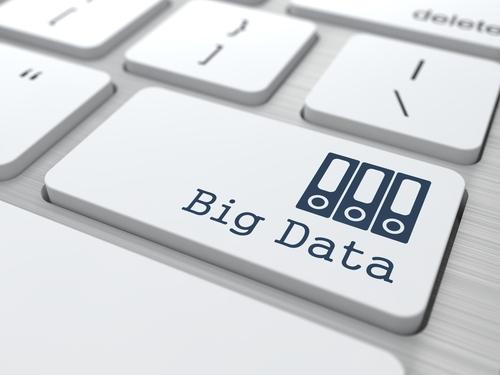Upload Your ResumeEmployers want candidates like you. Upload your resume. Show them you're awesome.
What Makes a ‘Fit’
That doesn’t mean data is absent from the individual hiring process. While the decision to hire someone may still be based on the judgments of managers, team members and HR, analytics are often used to identify how well a candidate will fit into the company’s culture. For example, take the time that Google used data from performance reviews, surveys and other material to identify the characteristics of effective managers. The resulting list wasn’t surprising, at least on the surface; the identified traits, such as “have a clear vision and strategy for the team,” led internal critics to scoff that the project simply compiled a set of HR clichés. In reality, though, it disproved some of Google’s key assumptions about its workforce, such as the need for managers to be technical experts first and foremost. Engineers, it turned out, respond best to managers who can help them tackle problems, not someone who simply dictates what they should do next. By measuring such things, Sullivan believes, companies can predict how seamlessly a particular candidate will slot into their new role. Analyzing different traits of their workforce allows employers to get an idea of what strong performers—as well as average or poor ones—have in common. At a time where recruiting software talent is challenging at best, “to know this stuff is a competitive advantage,” he added. One thing’s for sure: The use of data among technical employers is only going to grow. According to Reed: “Companies are just discovering how to leverage their people data to manipulate it into something meaningful.”Related Articles
- Need for Tech Pros With Analytics Skills Keeps Growing
- More Workers Willing to Share Personal Data With Employers
- Despite Apps, Much of Data Analytics Still Drudgery

![Go to article Obama Backs Big Data, Citrix is Hiring [DiceTV]](/binaries/content/gallery/dice/insights/2012/04/dice-tv-4-3-12-thumbnail.jpg)